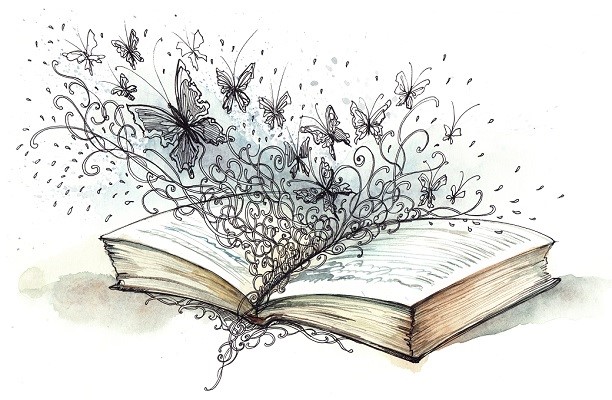In the early 1900s, teenaged Sunja, the adored daughter of a crippled fisherman, falls for a wealthy stranger at the seashore near her home in Korea. He promises her the world, but when she discovers she is pregnant–and that her lover is married–she refuses to be bought. Instead, she accepts an offer of marriage from a gentle, sickly minister passing through on his way to Japan. But her decision to abandon her home, and to reject her son’s powerful father, sets off a dramatic saga that will echo down through the generations.
Richly told and profoundly moving, Pachinko is a story of love, sacrifice, ambition, and loyalty. From bustling street markets to the halls of Japan’s finest universities to the pachinko parlors of the criminal underworld, Lee’s complex and passionate characters–strong, stubborn women, devoted sisters and sons, fathers shaken by moral crisis–survive and thrive against the indifferent arc of history.
Pachinko is a multi-generational family saga which starts with Sunja, the teen-aged daughter of two poor but loving parents who instill in Sunja a love of family and the value of hard work and sacrifice for the sake of those you love. Over the course of this 500-page novel, we follow Sunja from Korea to Japan, and then follow her descendants through two more generations, as her children and her grandchildren struggle to find their place living in Japan but never able to shed their otherness as Koreans.
The early sections of the book focus on Sunja herself, as she finds herself pregnant by an older man who offers to set her up with a comfortable life as his Korean wife, despite never being able to marry her since he’s already married in Japan. When Sunja rejects his offer, she faces a life of shame until a kind but ill minister decides to devote himself to her and provide a life for Sunja and the baby in Osaka.
Life in Japan is hard, as the Koreans live in a squalid ghetto-like neighborhood and struggle to survive. As the second World War progresses, the family faces greater and greater dangers, and yet Sunja’s family grows through her two sons as well as the extended family she finds in her brother- and sister-in-law.
Over the years, Sunja’s children grow into young men, and each faces his own set of obstacles and challenges. While post-war Japan offers greater opportunities in some ways, the Korean immigrants and their Japanese-born children are continually treated as inferior, looked upon as dirty and undesirable and criminal. The discrimination, portrayed in this book through the 1980s, is unrelenting and very disturbing.
The plot covers about 50 years, and during these decades the focus shifts away from Sunja and toward the younger generation and their friends, relationships, and their own struggles. While my attention was mostly held throughout, by the last third of the book I started to feel that the story was becoming a little too dispersed. Not only were there chapters about Sunja’s children and grandchildren, but there was also a chapter focused on the wife of Sunja’s son’s best friend and other on the girlfriend of one of her sons. As more and more characters are introduced and given backstories, the main characters tend to slip into the background. Why should Sunja’s story become less interesting as she ages? She’s little more than a supporting character by the final sections of the book, although the final chapters wrap up her story very well and bring the various plot points back together.
Still, there’s plenty to enjoy and discuss in Pachinko. I knew little about Korean history or the status of Koreans living in Japan prior to reading this book, so it was quite eye-opening for me. The intricate relationships and tensions between the characters are informed by the social status of the Koreans and how they view themselves and their roles in Japan, sometimes in really destructive ways.
Pachinko is an ambitious novel that covers a woman’s life from girlhood to old age, showing her loves and commitments and determination, as well as the legacy she leaves for her children. With memorable characters and heart-breaking events, Pachinko would make a great book group choice, as there’s plenty of food for thought and discussion.
_________________________________________
The details:
Title: Pachinko
Author: Min Jin Lee
Publisher: Grand Central Publishing
Publication date: February 7, 2017
Length: 502 pages
Genre: Historical fiction
Source: Purchased













